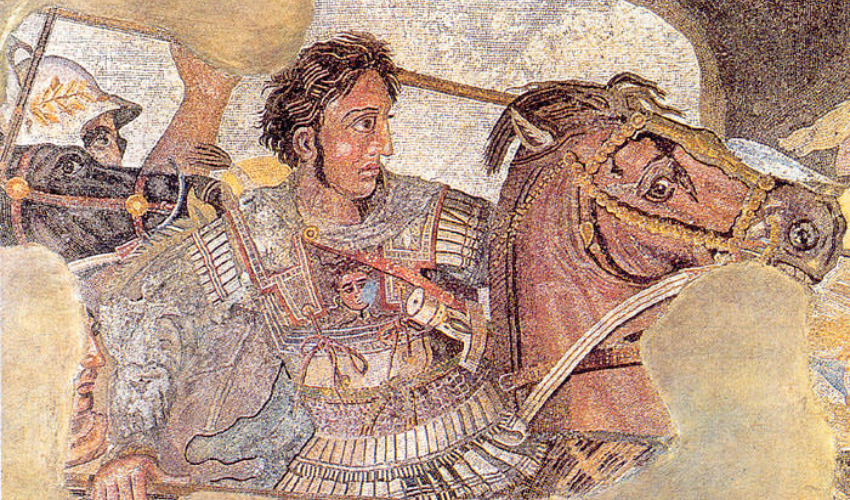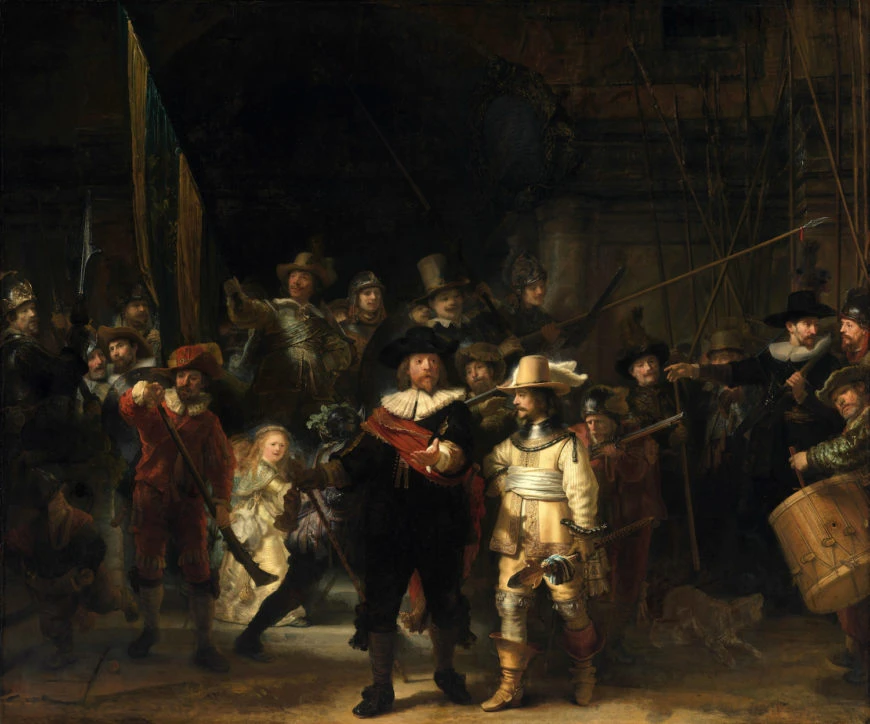Archaeologists discover bronze fitting with Alexander the Great in Denmark

Discovery of bronze fitting in Denmark from around 200 A.D. featuring Alexander the Great raises questions about ancient trade routes, cultural interactions in Europe
Amateur archaeologists Finn Ibsen and Lars Danielsen have unearthed a bronze fitting depicting Alexander the Great near the city of Ringsted.
This rare artifact, measuring just 26-28 millimeters in diameter, reflects that there are still many gaps in the historical narrative of Scandinavia and its connections with ancient civilizations.
The discovery was made during a routine metal detector survey. The bronze fitting, notable for its depiction of Alexander with ram’s horns – a motif symbolizing his divine lineage to Zeus-Ammon – is believed to date back to around 200 A.D., during the Roman Iron Age.
This aligns with the time when such artifacts were commonly used as ornamental attachments on war shields.
Alexander the Great’s influence in Scandinavia

Freerk Oldenburger, an archaeologist at Museum Vestsjaelland, expressed his enthusiasm about the find. “It’s fantastic. Up here in Scandinavia, you rarely find anything about Alexander the Great. When you stand with such a small portrait in your hands, you get excited,” he said.
The significance of Alexander the Great, a historical figure known for his vast empire that stretched from Greece to India, continues to resonate through centuries. In Roman times, emperors like Caracalla idolized Alexander, seeing him as a model for rulership. The depiction of Alexander on artifacts such as the newly discovered bronze fitting reflects his enduring legacy in regions far from his actual realms.
Experts believe this miniature portrait could have been part of a shield or perhaps a decorative element on military gear, signifying strength and divine protection. The artifact resembles another item found in a bog at Illerup Adal, which was part of a cache of weapons and armaments ritually deposited following a major battle.

The discovery of this bronze fitting raises intriguing questions about Denmark’s cultural and historical connections during the Roman Iron Age.
How did a depiction of a Macedonian king like Alexander the Great end up in a Danish field? Was this artifact part of ancient trade routes, or perhaps a spoil of war brought back by Germanic tribes interacting with the Roman Empire?
Such questions reflect the complexity of ancient trade and cultural exchanges, and as researchers continue to investigate, each new finding promises to deepen our understanding of European history.
Museum Vestsjælland plans to display this intriguing artifact, ensuring that the public and scholars alike can appreciate its historical significance and the story of global interconnectedness it represents.
Source: Newsroom



